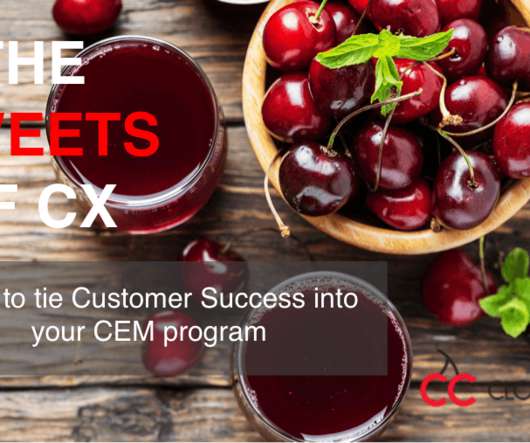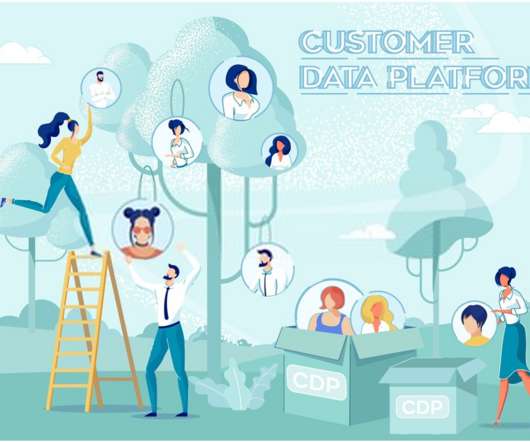How to tie Customer Success into your CEM program
CloudCherry
DECEMBER 23, 2019
Understanding Customers…. And, this week on ‘The Sweets of CX ’, I dove in to my first episode as a solo host, and was honored to interview a friend and colleague who’s ALL about his customers, Mike Miller – Director of Customer Success at CloudCherry (now Cisco). So, what Brand has wowed our Customer Success Expert?

















Let's personalize your content